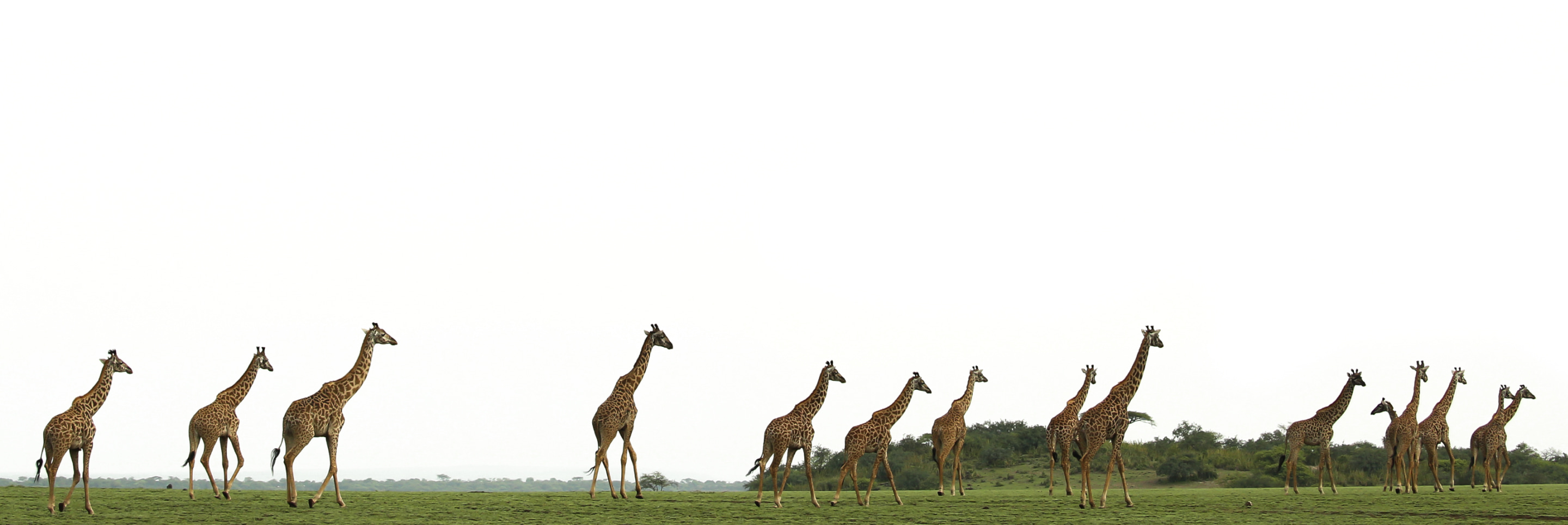“We travelled with a multigenerational family, and they handled the needs of everyone from 7 – 78, perfectly! ”









Submit an enquiry and our reservations team will assist you with your planning.

Entara was formed by a group of like-minded souls that found a common ground. Artists and safari guides, hoteliers, chefs and entrepreneurs – an eclectic tribe bound together by bonds of deep passion and commitment to Africa’s wilderness and its people.



Tanzania is blessed with beauty and diversity, making it the ultimate safari destination for many.

Original, unique, and remote, the curated Entara safari experiences take you far beyond the trodden path.

Dedicated to conserving and restoring wilderness and wildlife, our intimate Entara camps, lodges, and curated safari experiences offer an immersive journey with a light ecological footprint grounded in sustainable tourism principles. We aspire to inspire people’s perspectives on the balance between humanity and nature, rekindling a meaningful connection to nature.

“We travelled with a multigenerational family, and they handled the needs of everyone from 7 – 78, perfectly! ”